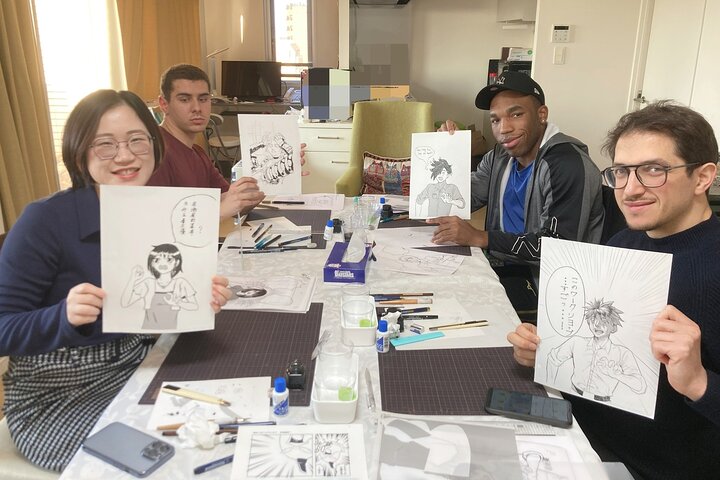Embracing Tradition: My Journey with the Mikoshi in Kichijoji
Drawn by the allure of the Kichijoji Autumn Festival, I ventured to Musashino to experience the unique tradition of carrying a Mikoshi. What unfolded was a journey of cultural immersion and community connection that left a lasting impression.
Arrival in Kichijoji: A Town Alive with Tradition
As I stepped off the train at Kichijoji Station, the air was filled with an electric anticipation. The Kichijoji Autumn Festival was in full swing, and the streets were alive with vibrant colors and the rhythmic sounds of drums and flutes. The town, just a short ride from the bustling heart of Tokyo, felt like a world apart, steeped in tradition and community spirit.
The festival atmosphere was infectious. Stalls lined the streets, offering everything from traditional snacks to handmade crafts. Children ran about in colorful yukatas, their laughter mingling with the festive music. It was a sensory feast, and I was eager to immerse myself in the experience.
My guide, a local with an encyclopedic knowledge of the town’s history, led me through the bustling streets, sharing stories of Kichijoji’s past and the significance of the festival. The Musashino Hachimangu Shrine, with its ancient roots dating back to the 8th century, stood as a testament to the town’s enduring cultural heritage. It was here that the spirits of the deities were ceremoniously placed into the Mikoshi, the portable shrines that would soon parade through the town.
The Mikoshi Parade: A Dance of Unity
The highlight of my visit was undoubtedly the opportunity to participate in the Mikoshi parade. On the afternoon of September 14th, I donned a traditional Hanten jacket, joining the townspeople in this age-old ritual. The Mikoshi, ornately decorated and heavy with the weight of tradition, was lifted onto our shoulders, and with a collective shout, we began our procession through the streets.
Carrying the Mikoshi was a profound experience. The weight was both physical and symbolic, a shared burden that brought us together in a dance of unity and celebration. Each step was synchronized with the beat of the taiko drums, and the air was filled with the chants of the carriers, each group with its own unique rhythm and style.
As we moved through the town, the sense of community was palpable. Spectators lined the streets, cheering us on, their faces alight with joy and pride. It was a moment of connection, transcending language and cultural barriers, as we all became part of something greater than ourselves.
Reflections on a Cultural Tapestry
As the festival drew to a close, I found myself reflecting on the profound impact of this experience. The Kichijoji Autumn Festival was more than just a celebration; it was a living tapestry of culture, history, and community. Participating in the Mikoshi parade allowed me to step into the shoes of the townspeople, to feel the pulse of their traditions and the warmth of their hospitality.
This journey to Musashino was a reminder of the beauty and richness of cultural immersion. It reinforced my belief in the importance of preserving and celebrating local traditions, not just as a means of understanding the past, but as a way of connecting with the present and future.
For those seeking a deeper connection to Japan’s cultural heritage, the Kichijoji Autumn Festival offers an unparalleled opportunity. It is a chance to not only witness but to participate in a tradition that has been passed down through generations, to feel the weight of history on your shoulders, and to be embraced by a community that welcomes you as one of their own.
I left Kichijoji with a heart full of gratitude and a renewed appreciation for the power of cultural exchange. This experience was a testament to the enduring spirit of festivals and the universal language of celebration. I highly recommend joining this unique experience of carrying the Mikoshi, for it is a journey that will leave an indelible mark on your soul.































